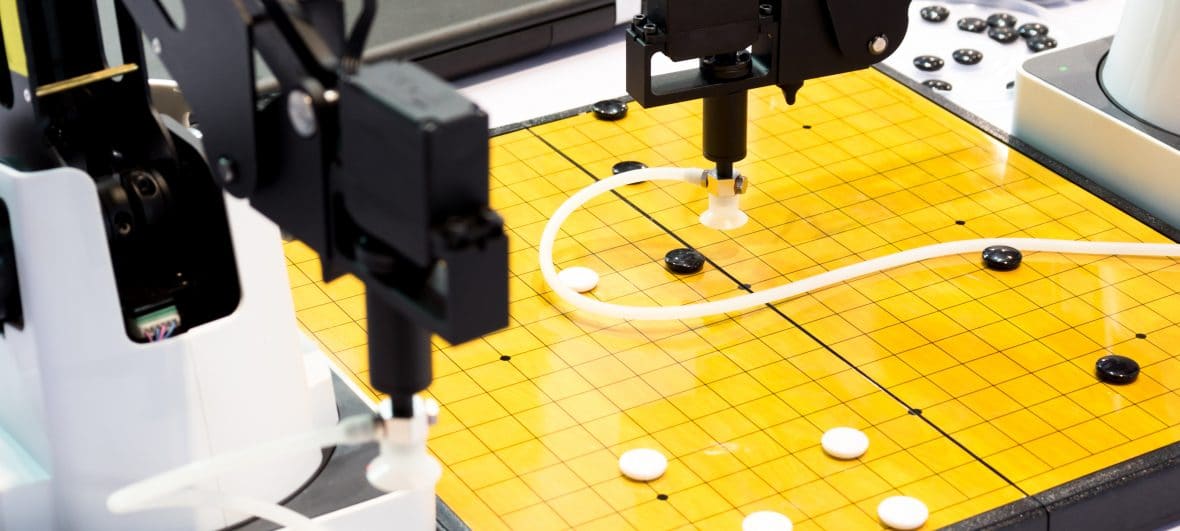
High-tech director Amy Daniell looks at the benefits of integrating emerging digital technologies and processes into industrial business operations.
Not since the onset of the First Industrial Revolution in the 18th century has technology been poised to play such a transformational role in consumers’ lives and in business operation. Today’s wave of new digital technologies includes The Internet of Things (IoT), artificial intelligence, immersive environments, cloud computing, cyber security, big data analytics and machine learning.
Coined ‘Industry 4.0’ by the German government in 2010, these increasingly smart tools and intelligent ways of generating, storing and using data hold promise of driving great efficiencies across industrial processes and business operations — let’s take a look a closer look at some of them to see how they can benefit industrial operations.
Immersive environments: drive collaboration and reduce risk
With the imminent commercial launch of Facebook’s Oculus Rift and Microsoft Holo-lens, and Apple announcing that it will also be focusing on virtual reality, immersive environments are set to become the next big technology platform. Operational teams can interact with a programmable model which will react in the same was as their facility, allowing organisations to run highrisk scenarios and understand how to mitigate the risks without jeopardising actual facilities.
For organisations that work over multiple locations, virtual reality models allow teams across geographies to work more collaboratively. In highreliability organisations, staff training can be a high risk area; immersive environments will revolutionise staff training before employees are introduced to hazardous sites, thus reducing risk of serious injury and operational risk.
Artificial intelligence: free up people
What is artificial intelligence? In simple terms, artificial intelligence refers to machines that are capable of performing tasks that usually require human intelligence, such as making informed decisions. Rather than replacing people, however, machines with artificial intelligence will free people to become more efficient and move on to other and better jobs.
Siemens for example has a lights out factory with a vast array of automation. What is less publicised is that the factory is supported by over 1,000 staff. Rather than being seen as an add-on, intelligent machines now represent a fundamental change in how IT systems are built. As a new foundational layer of IT architecture, an increasing number of tools are being created that allow machines to become more sophisticated in how they learn and make decisions.
Machine learning: address information challenges
What about advanced machine learning? This is where deep neural nets (DNNs) (a set of algorithms that recognise patters in sensory data much like humans can) move beyond classic computing and information management to create systems that can autonomously learn to perceive the world. The explosion of data sources within an industrial environment and the complexity of the information generated makes manual classification and analysis unfeasible and uneconomic. DNNs automate these tasks and make it possible to address the key challenges related to the Information of Everything.
The Information of Everything: bring meaning to data
The world has moved on from the Internet of Things to the Information of Everything; everything in the digital mesh produces, uses and transmits information. This information goes beyond textual, audio and video information to include sensory and contextual. Information of everything addresses this influx with strategies and technologies to link data from all these different data sources. But why is this useful? While this information has always existed, it has been isolated, incomplete, unavailable or unintelligible, rendering it useless. Advances in semantic tools such as graph databases and other emerging data classification and information analysis techniques will bring meaning to the often overwhelming deluge of information.
Energy-saving technologies: provide savings year after year
Within the industrial sector, energy makes up around 15 per cent of operational costs. Operational improvements can reduce this by 10 – 20 per cent, while investing in energy-saving technologies can reduce this by up to 50 per cent — a significant saving. For example the cost of clean-room-environmental controls could be reduced from 50 per cent of energy consumption, to a fifth of that. Most of these technologies are already available — the challenge for companies is to understand which ones are most applicable to their operations, how to implement them and how to continuously develop them so that they provide savings year after year. These technologies range from sector-wide technologies such as energy monitoring systems, smart grids and advanced analytics to industry-specific ones such as liquid desiccant cooling systems within advanced manufacturing, which help control air humidity.
BEFORE INVESTING IN DIGITAL TECHNOLOGIES
When considering which technologies generate the best investment returns, it’s worth thinking about the following:
// Technology, as advanced as it is, has its limits. It is important to critically assess the limits of technology to set ambitious but realistic goals.
// Apply advanced statistical analysis before final decision making, evaluating the trade-off between elements such as yield, energy and the environment.
// Changing mind-sets, behaviours and management systems in unison are key to getting the best from technology.